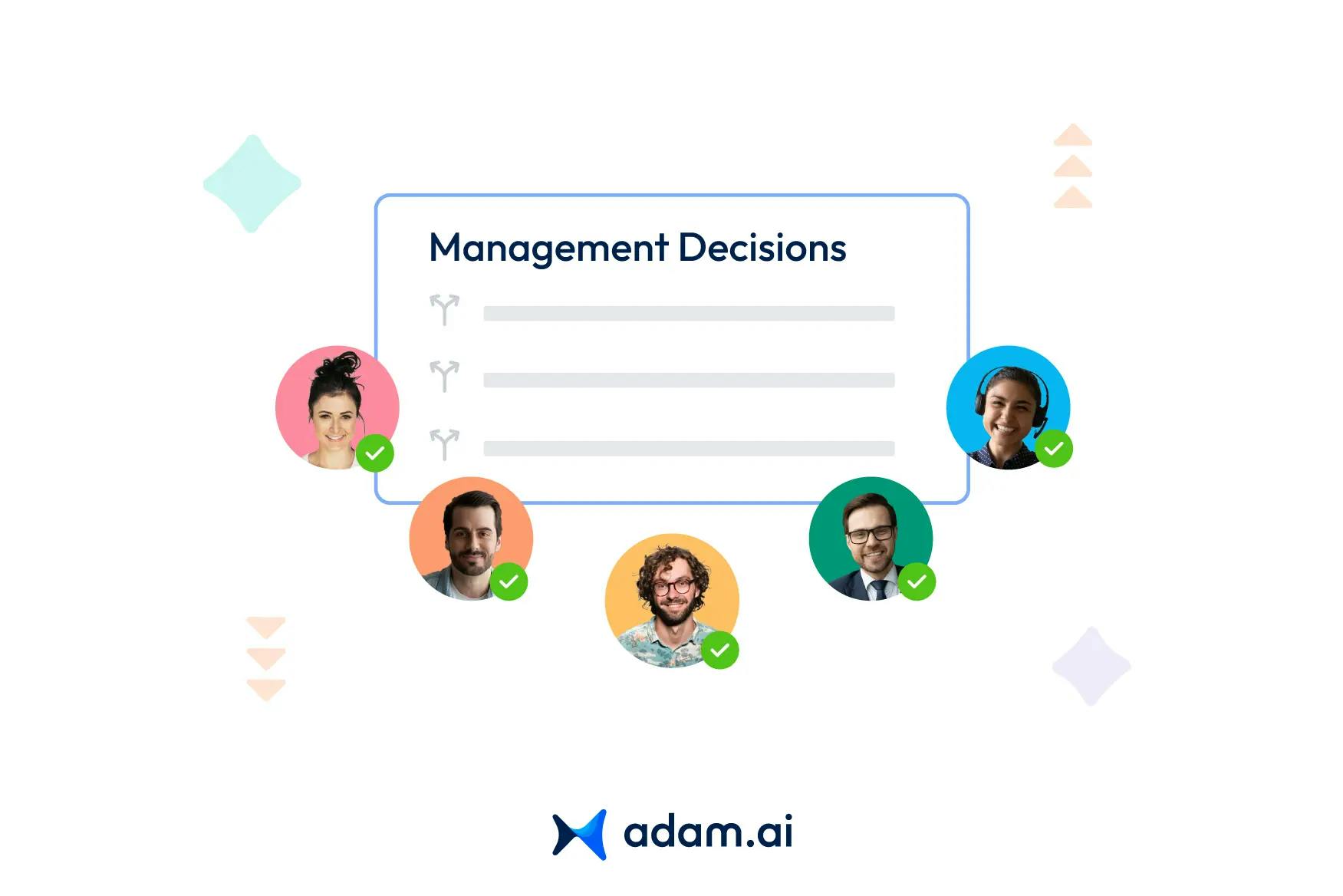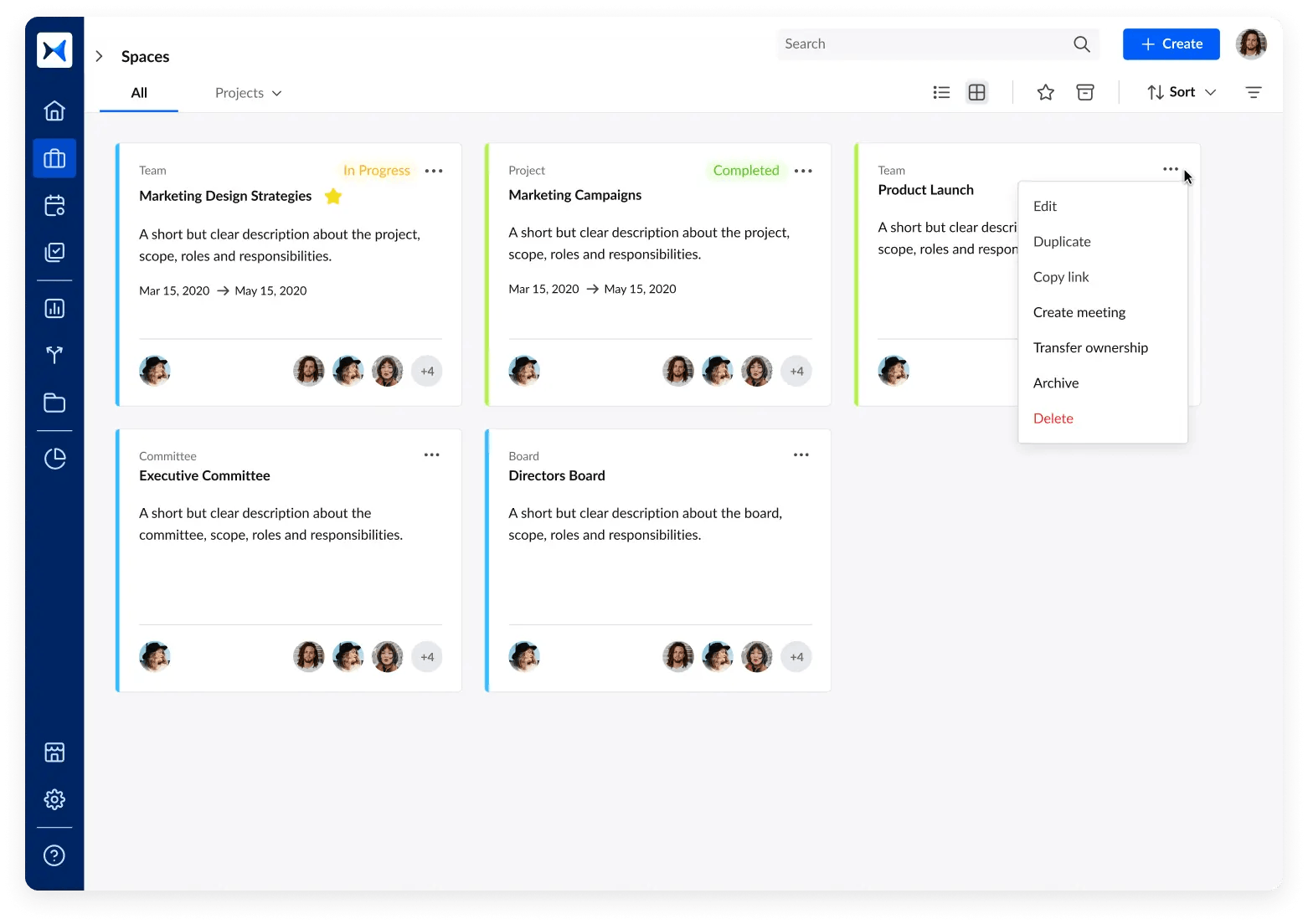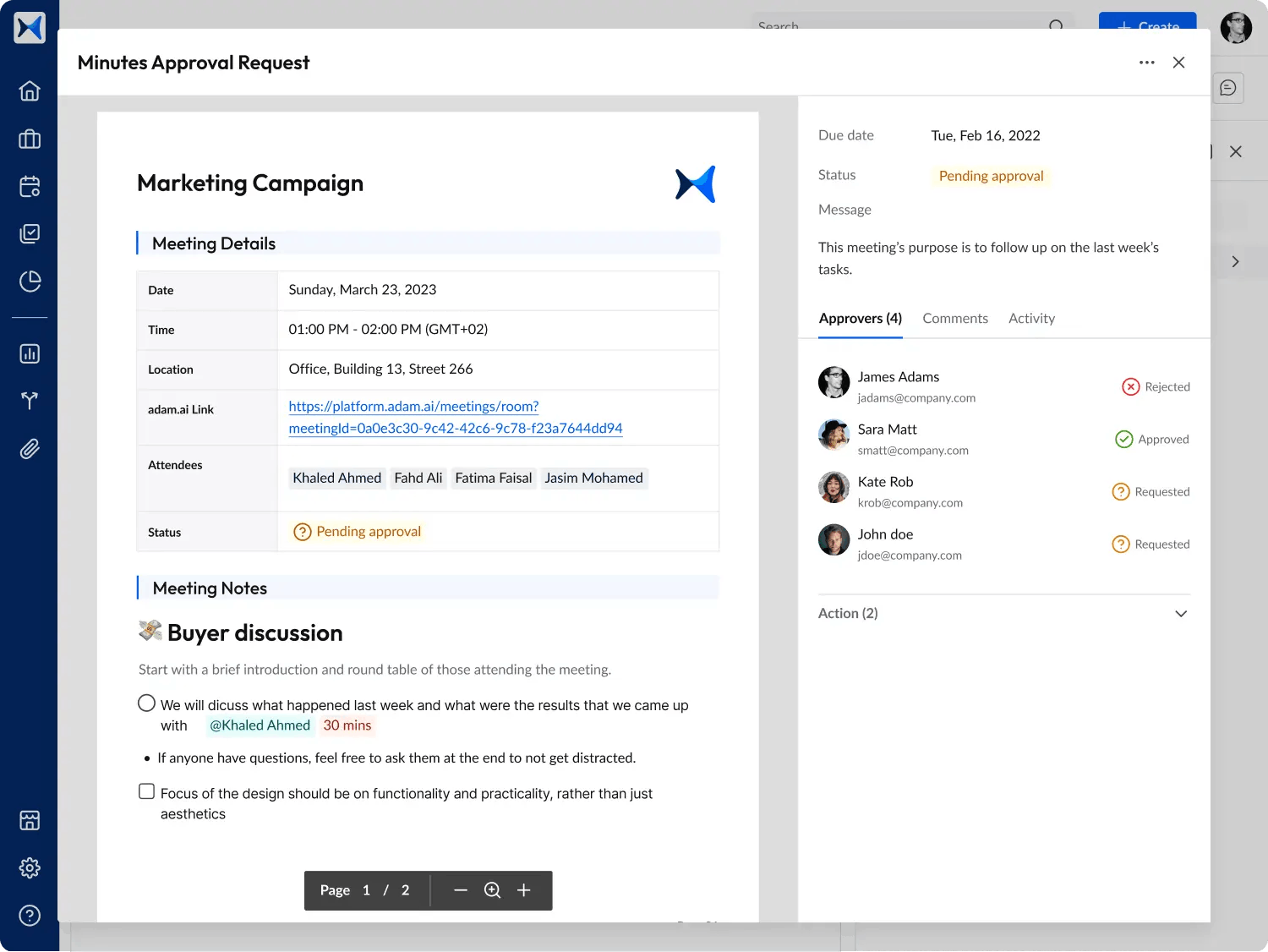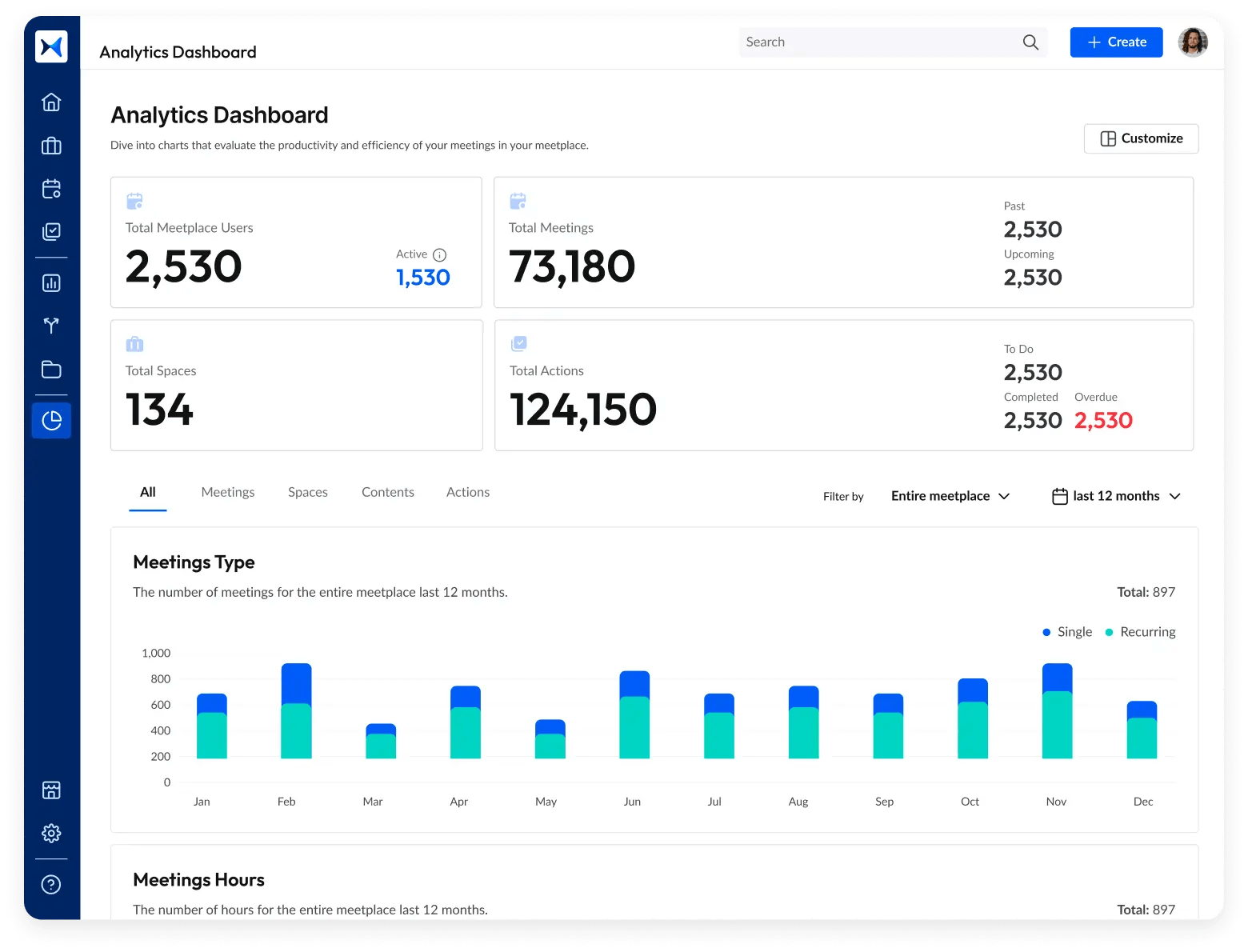June 12, 2024 · 8 min read
How a Board of Trustees Enhances Organizational Oversight

Shaimaa Badawi

Understanding the true impact of a board of trustees is essential for any organization aiming for effective governance. From defining roles and responsibilities to ensuring accountability and strategic oversight, uncover how a well-structured board of trustees can be the backbone of your organization’s success.
What is a board of trustees?
A board of trustees is a governing body appointed or elected to oversee the management and operations of an organization. This group is responsible for ensuring the organization adheres to its mission, manages its resources effectively, and operates in the best interest of its stakeholders. Trustees typically serve in nonprofit organizations, educational institutions, healthcare facilities, and charitable foundations, providing strategic guidance and financial oversight.
What is the role of a board of trustees?
The board of trustees plays a pivotal role in the governance and strategic direction of an organization. Their responsibilities encompass a range of duties aimed at ensuring the organization’s success and adherence to its mission. Here’s a detailed look at the primary roles of a board of trustees:
Strategic direction
- Mission and vision: Trustees help define and uphold the organization’s mission and vision, ensuring all activities align with these core principles.
- Strategic planning: They develop long-term goals and strategic plans to guide the organization’s growth and development.
Governance and policy
- Policy development: Trustees establish and maintain governance policies, including bylaws and ethical standards.
- Compliance: They ensure the organization complies with relevant laws and regulations, maintaining high standards of accountability.
Fiduciary responsibilities
- Asset management: Trustees oversee the management of the organization’s assets, including investments and financial resources.
- Duties of care, obedience, and loyalty: They must act in the organization’s best interest, avoiding conflicts of interest and placing the organization's needs above their own.
Organizational oversight
- Leadership hiring: Trustees are involved in hiring key leadership positions, such as the CEO or executive director.
- Risk management: They identify and manage potential risks to the organization, ensuring its long-term stability.
Advocacy and public relations
- Ambassadorship: Trustees represent the organization to the public, stakeholders, and donors, helping to build and maintain its reputation.
- Fundraising: They participate in fundraising efforts and may give annual donations to support the organization’s financial health.
Community and stakeholder engagement
- Donor relations: Trustees maintain donor loyalty and engage with the community to garner support and build relationships.
- Stakeholder representation: They act as representatives for the organization’s stakeholders, ensuring their interests are considered in decision-making.
Ethical and legal duties
- Avoiding conflicts of interest: Trustees must disclose any potential conflicts and avoid situations where their personal interests could interfere with their duties.
- High fiduciary standards: Trustees are held to stringent fiduciary standards and can be personally liable for negligence, emphasizing the importance of diligent and honest decision-making.
Which types of organizations typically have boards of trustees?
Boards of trustees are essential to a variety of organizations, providing governance and oversight to ensure these entities operate effectively and in alignment with their missions. Here’s a look at some common types of organizations that utilize boards of trustees:
Educational institutions
Universities and colleges often have boards of trustees to oversee their operations. These boards are responsible for ensuring educational standards are maintained and managing endowment funds to benefit the institution and its stakeholders.
Healthcare facilities
Hospitals and health organizations rely on boards of trustees to manage resources effectively. Trustees ensure that patient care standards are upheld and that the organization’s financial health is maintained.
Nonprofits and charitable foundations
These organizations depend on trustees to safeguard their mission and ensure the proper use of funds. Trustees provide strategic direction and fiduciary oversight, ensuring that the organization’s goals are met ethically and efficiently.
Financial institutions
Mutual savings banks have boards of trustees who protect the interests of depositors. They ensure that customer deposits are secure, invested safely, and available upon request, while also maintaining the bank’s financial stability.
Local governments
Some municipalities appoint boards of trustees to manage specific community resources or projects. These boards help ensure that local government initiatives are effectively implemented and that community interests are represented.
How is a board of trustees composed?
The composition of a board of trustees can differ widely depending on the organization, but it is usually determined by the organization's bylaws. These bylaws lay out the total number of trustees, how they are chosen or appointed, and how long their terms will last. Although trustees typically volunteer their time, if they are compensated, the details should be included in the bylaws. It is essential that these guidelines comply with applicable state laws.
Boards can range from three to 30 members, with some state laws requiring a minimum number and designating specific roles, such as treasurer and chairperson. In larger boards, members may be divided into subcommittees to address specific areas, ensuring effective distribution of responsibilities and maintaining a balance of power.
How does a board of trustees operate?
A board of trustees is composed of key individuals involved in the management of an organization. Members are often appointed or elected based on their expertise and experience relevant to the organization's needs. This board typically includes a mix of internal and external trustees to ensure a balanced perspective.
- Internal and external trustees: The board usually includes both internal members (from within the organization) and external members (selected for their specific expertise).
- Size and sub-committees: Boards can range from three to 30 members and often have sub-committees to manage specific areas, ensuring segregation of power and targeted oversight.
What is a difference between a board of directors and a board of trustees?
Though both boards share certain responsibilities, key differences distinguish a board of directors from a board of trustees. Here are the main distinctions:
Organizational scope
- Board of trustees: Generally governs private businesses, nonprofit organizations, or charitable foundations. This structure is often seen in educational institutions, healthcare facilities, and religious organizations.
- Board of directors: Typically oversees public corporations, private businesses, or nonprofits. It is commonly found in publicly traded companies.
Compensation
- Board of trustees: Members usually volunteer their services, though some might receive stipends or reimbursements. The compensation policy depends on the organization.
- Board of directors: Members are usually compensated with a mix of cash retainers, stock options, bonuses, and expense reimbursements. This compensation aims to attract and retain qualified professionals.
Decision-making and advisory roles
- Board of trustees: Mainly serves an advisory role, focusing on upholding the organization's mission and managing its assets. Senior leadership generally handles decision-making.
- Board of directors: Holds responsibility for making critical strategic decisions, including financial oversight and management. This board determines the company’s direction and approves major policies.
Stakeholder engagement
- Board of trustees: Engages with donors, community members, and public stakeholders. It emphasizes maintaining the organization’s mission and vision.
- Board of directors: Represents the interests of shareholders and investors. Ensures organizational actions align with stakeholder expectations and aims to maximize profits.
Financial interests
- Board of trustees: Members typically do not have a financial interest in the organization. They focus on fiduciary duties and ethical governance.
- Board of directors: Members might own stock in the company, especially in for-profit entities, aligning their interests with the organization's financial success.
Elevate board of trustees' efficiency and accountability with adam.ai
Effective communication and coordination are paramount for successful governance. Board of trustees members need a streamlined, secure, and efficient solution to navigate their complex responsibilities. This is where adam.ai, the intuitive meeting management platform for boards, committees, and projects becomes invaluable.
Streamlined meeting scheduling
adam.ai simplifies the organization of meetings between board of trustees members, committees, and stakeholders with unlimited booking pages. This ensures timely and regular board interactions, essential for preparing and reviewing consent agenda items.

Smart note-taking and documentation
The platform’s smart note-taking system allows for recording consent agenda items, actions, decisions, and notes in a user-friendly interface. Integrated with built-in video conferencing, it enables seamless discussions and decision-making without delays, specifically catering to the needs of a board of trustees.

Action and decision tracking
Follow up on actions and decisions made regarding consent agenda items to ensure accountability and progress. This feature keeps board of trustees members updated on outcomes and follow-through, enhancing overall governance.

Organized meeting spaces
Categorize meetings into specific spaces for various boards, committees, teams, and projects. This organization helps maintain clear records and focus on specific areas of governance, making the management of consent agendas more efficient for a board of trustees.

Automated meeting minutes
Automatically generate and share meeting minutes to ensure transparency and maintain comprehensive records. This feature supports the documentation of consent agenda decisions, making it easier for board of trustees members to track and review past actions.

Analytics dashboard
Assess participation rates, decision outcomes, and the progress of action items related to consent agendas. This feature facilitates smooth and effective meetings, helping board of trustees members stay informed and proactive.

Transform how you conduct critical meetings—From meticulous preparation to effective execution and insightful follow-up, adam.ai integrates comprehensive analytics, full customization, and intuitive interfaces with powerful meeting management tools.
Easy onboarding. Enterprise-grade security. 24/7 dedicated support.
The bottom line
A well-organized and efficient board of trustees is vital for robust governance and organizational success. By understanding their roles, responsibilities, and the importance of structured operations, trustees can drive their organizations towards achieving their mission with clarity and confidence. By leveraging modern technologies, you can explore how the right framework and practices can elevate your board of trustees’ effectiveness and accountability.
And while there may be multiple solutions available, here is why adam.ai is the meeting management software platform you can trust:
- adam.ai is one of Atlassian Ventures' portfolio companies.
- In the meeting management software category on G2, adam.ai has been ranked a leader and a high performer for successive quarters in the past years.
- adam.ai has been included in the Forrester Report in the AI-enabled meeting technology landscape.
- adam.ai is trusted and used by powerful teams and organizations worldwide for all types of critical meetings, like board, committee, project management, and business development meetings.
- And most importantly, adam.ai integrates with your existing workflow, is SOC2 compliant, provides dedicated support and success, and has a free trial option.
Subscribe to adam.ai blog
Stay ahead with the latest insights—get our newest blog posts, tips, and updates sent straight to your inbox.